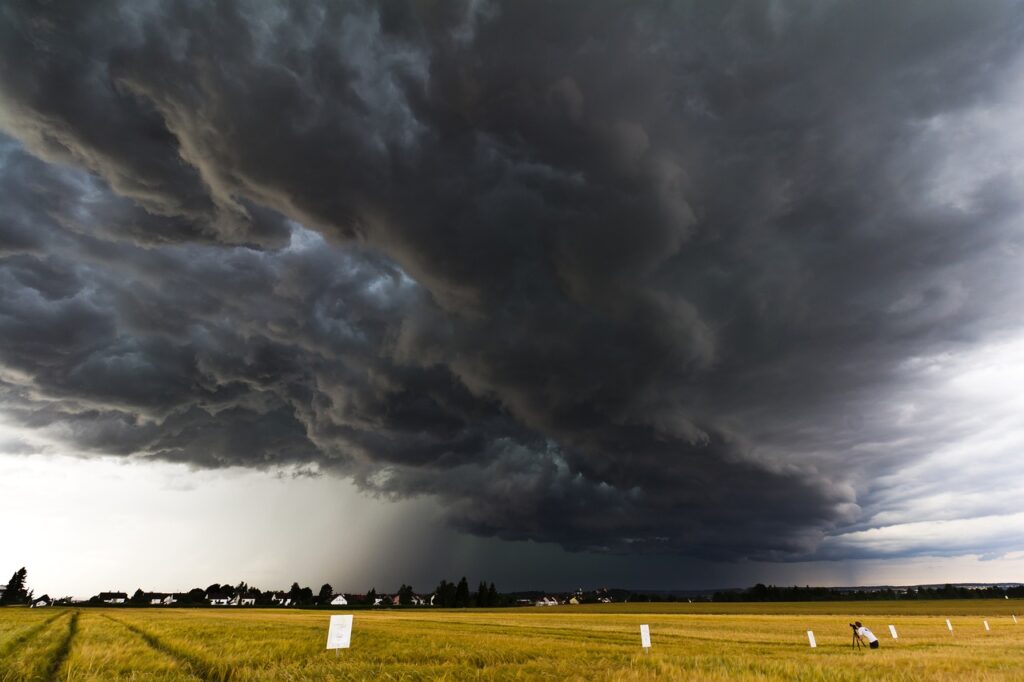
As a single mom, you’re already juggling a million things – work, kids, household management, and everything in between. Adding emergency preparedness to that list can feel overwhelming, especially when you’re working with a tight budget and limited storage space. But here’s the thing: getting your emergency food storage wrong isn’t just about wasted money (though that stings). It’s about potentially putting your family at risk when they need you most.
I’ve seen too many well-intentioned moms make costly mistakes that actually make their families less prepared, not more. The good news? These mistakes are totally fixable, and I’m going to show you exactly how to avoid them while building a food storage system that actually works for your real life.
Mistake #1: Stockpiling Foods Your Kids Will Never Eat
Let’s start with the big one. You’ve probably seen those emergency food kits online – 30 days of survival meals for just $99! Sounds amazing until you realize your 8-year-old would rather go hungry than eat “beef stroganoff” that tastes like cardboard, and your teenager is lactose intolerant but half the meals are dairy-heavy.
The Single Mom Fix: Start with what your family already loves. Make a list of 10-15 meals your kids actually ask for. Love spaghetti night? Stock up on pasta, canned sauce, and shelf-stable parmesan. Obsessed with PB&J? Get peanut butter, jelly, and crackers. Your emergency food should be an extension of your regular pantry, not a science experiment.
Read an earlier article here, as well as my podcast episode on this topic.
Pro tip: Test any new emergency foods during normal dinner times first. If it doesn’t pass the regular dinner test, it won’t pass the stress-and-chaos emergency test.

Mistake #2: Choosing Foods That Need a PhD to Prepare
During Hurricane Sandy, a friend of mine found herself with no power for six days. Her emergency stash? Dried beans (need 8+ hours of soaking), whole grain rice (takes 45 minutes to cook properly), and various ingredients that required multiple pots, precise timing, and her food processor. Guess what she actually ate? The sleeve of saltines she found in her car.
The Single Mom Fix: Think like you’re camping with cranky kids and no help. Stock foods that need minimal prep: canned soups you can eat cold if necessary, instant oatmeal packets, peanut butter, crackers, granola bars, and applesauce cups. Keep a manual can opener and some basic cooking supplies that work without electricity.
Your emergency meal shouldn’t require more than one pot and 15 minutes of your attention. You’ll have bigger things to worry about than complicated recipes.
Mistake #3: Buying Giant Containers Because They’re “Cost-Effective”
That #10 can of beans might be a great deal, but unless you’re feeding a small army or have reliable refrigeration, you’re setting yourself up for waste and potential food poisoning. Once opened, most large containers need to be consumed within days – not exactly practical when the power’s out.
The Single Mom Fix: Size your portions to your actual family. If it’s just you and two kids, you don’t need institutional-sized anything. Look for smaller cans, individual packets, or repackage bulk items into meal-sized portions using vacuum-sealed bags or airtight containers.
Consider creating “grab-and-go” meal kits – everything needed for one family meal packed together in a labeled container. This makes meal planning effortless and prevents you from opening more than you can use.
Mistake #4: Shopping the Clearance Rack for “Emergency” Food
I get it – you’re trying to stretch every dollar, and those marked-down items seem like a win. But buying food that expires in three months defeats the entire purpose of emergency storage. You’ll spend more time and mental energy rotating stock than actually being prepared.
The Single Mom Fix: Buy foods with longer shelf lives, even if they cost slightly more upfront. Look for items that last 1-2 years minimum. Canned goods, dried pasta, rice, peanut butter, and properly stored grains can last much longer than you think. But you still want to rotate what you have.
Create a simple rotation system: write purchase dates on everything and use a “first in, first out” (FIFO) approach. But don’t stress about perfect rotation – the peace of mind is worth more than saving a few dollars on soon-to-expire items.

Mistake #5: Storing Everything in Original Packaging
Cardboard boxes and plastic bags might seem fine for your pantry, but they’re disasters waiting to happen in long-term storage. Mice love cardboard. Moisture destroys cereal boxes. And that bag of rice? One tiny hole and you’ve got bugs throughout your entire storage area.
The Single Mom Fix: Transfer everything to airtight, pest-proof containers. Food-grade buckets, glass jars, and quality plastic containers are your friends. Label everything clearly with contents and dates.
Here’s a mom hack: use clear containers whenever possible. You can see exactly what you have and how much is left without digging through everything. This is crucial when you’re managing emergency supplies alongside regular groceries.
Mistake #6: Focusing Only on Calories, Not Nutrition
Stocking up on ramen noodles, candy, and crackers might keep everyone technically fed, but it won’t keep them healthy or satisfied. Kids (and adults) need proper nutrition, especially during stressful times. Foods that spike and crash blood sugar will leave everyone cranky and hungry again quickly.
The Single Mom Fix: Balance shelf-stable proteins, healthy fats, and complex carbs. Stock peanut butter, canned fish, nuts, whole grain cereals, dried fruits, and canned vegetables. These foods provide sustained energy and essential nutrients.
Don’t forget comfort foods entirely – some cookies or hot chocolate mix can provide crucial morale boosts – just don’t make them the foundation of your storage.

Mistake #7: Ignoring Your Family’s Specific Needs
This one’s huge for single moms because you’re often the only one who knows everyone’s dietary needs, preferences, and medical requirements. If your toddler is allergic to peanuts, your teenager is vegetarian, or you’re managing diabetes, generic emergency food recommendations won’t cut it.
The Single Mom Fix: Create individualized mini-stockpiles within your main storage. Keep a separate container for allergy-safe foods, diabetic-friendly snacks, or infant supplies if needed. Write down everyone’s specific dietary needs and tape it inside your emergency supply area.
Include comfort items that matter to your specific kids – if your daughter only drinks a certain type of juice box, stock some. If your son’s favorite snack helps him cope with anxiety, make sure you have it. Small comforts make a huge difference during tough times.
Building Your System: Start Small, Think Smart
Here’s the truth about emergency food storage as a single mom: you don’t need a warehouse. You need a system that works with your life, not against it. Start with one week’s worth of familiar foods, stored properly, and build from there.
Focus on foods that pull triple duty – things you can eat for breakfast, lunch, or dinner, items that work hot or cold, and supplies that don’t need special equipment. Keep it simple, keep it real, and keep it focused on what your actual family will actually eat.
Remember: the best emergency food storage is the one you’ll actually use and maintain. Don’t let perfect be the enemy of prepared.
Ready to build an emergency food storage system that actually works for your family? Check out my complete prepper checklist for more practical tips, and don’t miss our latest podcast episode where we dive deeper into budget-friendly preparedness strategies for busy moms. You’ve got this, and you don’t have to figure it all out alone.
Thanks for reading! If this article has provided helpful information to you, please consider a tip. Just scan the QR code. I appreciate you! —->



